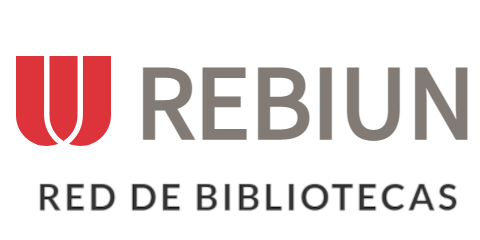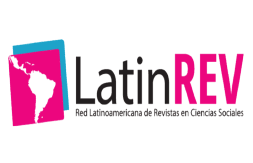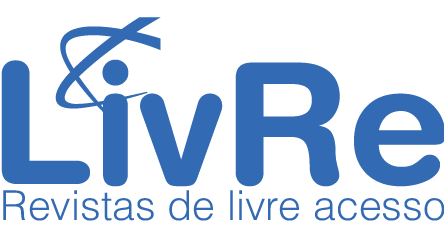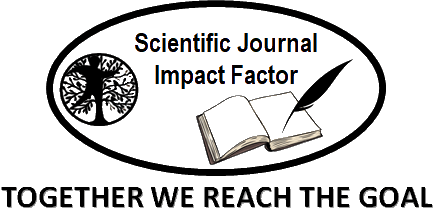Discrimination in dating apps in the LGBT community: Construction and validation of an instrument
DOI:
https://doi.org/10.69639/arandu.v12i3.1489Palabras clave:
discrimination, LGBT, dating apps, psychometric properties, validationResumen
This study analyzes the Discrimination Scale in LGBT dating apps in adults in Chiapas, Mexico. In this exploratory and psychometric research, 640 members of the LGBT community actively participated. A two-factor structure was validated: individual and group discrimination. When analyzing the frequency of responses for the 17 items, it was observed that items 14 to 16 predominate with responses of “Almost every day”, while for the others, the most common response was “Every day”. In addition, verifying the Cronbach's Alpha values, it is observed that the standardized coefficient is .921, the 95% confidence interval is within the range considered acceptable. These results highlight the ability of the scale to measure this phenomenon in the LGBT community, suggesting its usefulness both in Chiapas, Mexico, and possibly in other similar contexts.
Descargas
Citas
Aunspach, C. (2015). From the Gay Bar to the Search Bar: Promiscuity, Identity, and Queer Mobility on Grindr. Tesis de Posgrado. University of Nebraska-Lincoln. https://bit.ly/2RHTyTj
Abad García, F. J., Olea Díaz, J., Ponsoda Gil, V., & García García, C. (2011). Measurement in Social and Health Sciences (Primera ed.). Madrid, España: Synthesis.
Allport, G. W. (1954). The nature of prejudice. Cambridge: Addison-Wesley.
Antheunis, M. L., Valkenburg, P. M., & Peter, J. (2007). Computer-mediated communication and interpersonal attraction: an experimental test of two explanatory hypotheses. Cyberpsychol Behav, 10(6), 831-835.
https://doi.org/https://doi.org/10.1089/cpb.2007.9945
Ato, M., López-García, J. J., & Benavente, A. (2013). A Classification System of Research Designs in Psychology. Annals of Psychology, 29(3), 1038-1059. https://doi.org/https://doi.org/10.6018/analesps.29.3.178511
Attrill, A. (2012). Sharing Only Parts of Me: Selective Categorical Self-Disclosure Across Internet Arenas. International Journal of Internet Science, 7(1), 55-77. https://www.researchgate.net/publication/267800740_Sharing_Only_Parts_of_Me_Selective_Categorical_Self-Disclosure_Across_Internet_Arenas
Blackwell, C., Birnholtz, J., & Abbott, C. (2015). Seeing and being seen: Co-situation and impression formation using Grindr, a location-aware gay dating app. New Media Society, 17(7), 1117-1136. https://doi.org/https://doi.org/10.1177/1461444814521595
Bostwick, W. B., Boyd, C. J., Hughes,, T. L., West, B. T., & McCabe, S. E. (2014). Discrimination and mental health among lesbian, gay, and bisexual adults in the United States. American Journal of Orthopsychiatry, 84(1), 35-45. https://doi.org/https://doi.org/10.1037/h0098851
Burgess, D., Lee, R., Tran, A., & Van Ryn, M. (2007). Effects of perceived discrimination on mental health and mental health services utilization among gay, lesbian, bisexual and transgender persons. Journal of LGBT Health Research, 3(4), 1-14. https://doi.org/https://doi.org/10.1080/15574090802226626
Byrne, B. M. (2010). Structural equation modeling with AMOS: Basic concepts, applications, and programming (2a ed.). New York: Taylor & Francis Group. https://doi.org/10.4324/9780203726532
Campo-Arias, A., & Oviedo, H. C. (2008). Psychometric Properties of a Scale: Internal Consistency. Public Health Journal, 10(5), 831-839. https://doi.org/https://doi.org/10.1590/s0124-00642008000500015
Publicado
Cómo citar
Número
Sección
Licencia
Derechos de autor 2025 Julia María Marroquín Figueroa, Jorge Alberto Esponda Pérez, Mónica Juárez Ibarias, Juan Manuel Tapia de Aquino, Dolores Guadalupe Sosa Zúñiga

Esta obra está bajo una licencia internacional Creative Commons Atribución 4.0.





















